Your cart is currently empty!
Sampling and Inspection Wells
Sampling and Inspection Wells
Below is a clear explanation of the concepts sampling and inspection wells — what they are, how they are used, and why they are needed.
🧪 Sampling (in wastewater and stormwater systems)
Sampling means taking a water sample from a wastewater, stormwater, drainage, or treatment system to analyze:
-
contaminant levels
-
bacteria
-
pH
-
flow volume
-
treatment efficiency
-
infiltration or treatment performance
Sampling is commonly done for:
✔ Monitoring of on-site wastewater systems
Municipal authorities may require sampling to ensure the system is functioning correctly.
✔ Industrial discharge control
To verify that treatment stages such as sand filters, oil separators, or treatment plants are working properly.
✔ Stormwater quality control
When stormwater passes through sensitive or protected areas.
✔ Troubleshooting
Used when there are operational issues, odors, or suspected blockages.
Sampling is always taken from an accessible point, typically an inspection well.
🔍 Inspection Well (Control Well)
An inspection well, also called a control well, is a well installed in a wastewater or stormwater system that allows:
-
inspection
-
cleaning
-
camera inspection
-
sampling
-
flow measurement
-
troubleshooting
It functions as an access point to the pipeline.
🟦 Why Are Inspection Wells Used?
✔ 1. To monitor the condition of the system
You can identify:
-
water levels
-
frost damage
-
root intrusion
-
sludge buildup
-
partial or full blockages
✔ 2. To facilitate flushing and cleaning
The well has enough space for:
-
flushing hoses
-
cleaning tools
-
inspection cameras
✔ 3. For sampling
Taking samples directly from a pipe is difficult — the well provides a clean and safe sampling point.
✔ 4. To meet regulatory requirements
Many municipalities require inspection wells for new on-site wastewater systems.
🧱 How Is an Inspection Well Constructed?
An inspection well typically contains:
-
Well chamber (plastic or concrete)
-
Inlet and outlet — usually at the same height
-
Cleaning access at the bottom
-
Cover assembly (frame + lid), typically load class A15 or B125
-
Telescopic riser if height adjustment is needed
-
Rubber seals for watertight connections
Common diameters: 315 mm, 400 mm, 600 mm and larger.
🟩 Where Are Inspection Wells Used?
-
On-site wastewater systems
-
Drainage systems
-
Stormwater systems
-
Small treatment plants
-
Pump stations
-
Municipal sewer networks
-
Industrial sites
-

Art.nr: ter5110200
Clean well 110/200 3muff PP
44,07 € Add to cart -
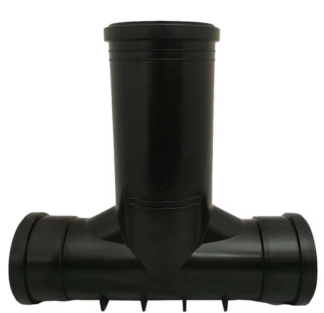
Art.nr: 2501110300
Cleanout 110/110 3muff PP black
20,24 € Add to cart -
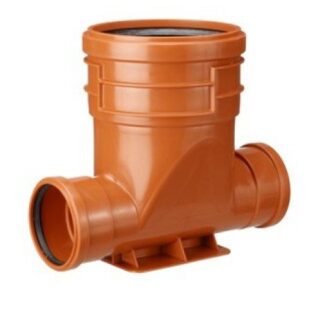
Art.nr: ter2356527
Cleanout 110/160 3 sleeve with foot
63,94 € Add to cart -
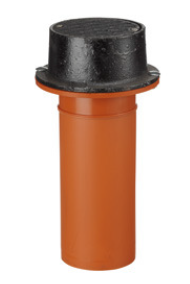
Art.nr: ter312963304
Cover 150 round with telescopic tube 110mm
45,08 € Add to cart -
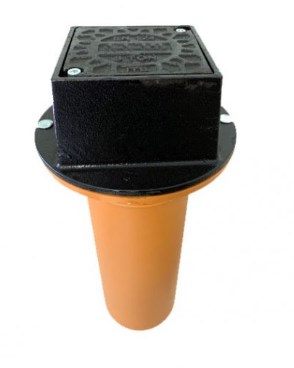
Art.nr: 10010332
Cover square 150 with telescopic tube 110mm
48,76 € Add to cart -
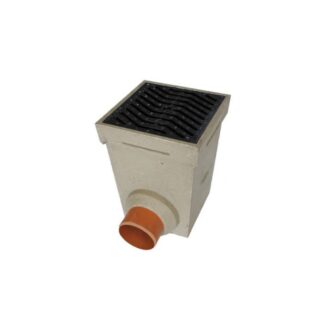
Art.nr: tolSG25251711
Farm fountain HOME 27x27cm, B125
229,54 € Add to cart -
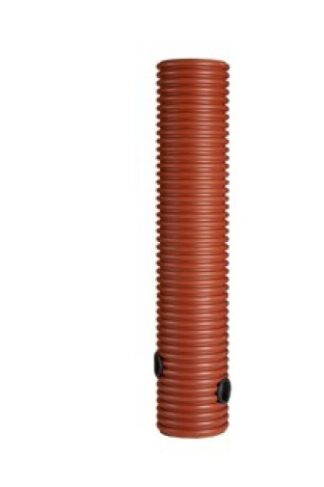
Art.nr: xylQ-8363
Outlet well sampling well 1 inlet 1 outlet 110mm 400mm
188,60 € Add to cart -
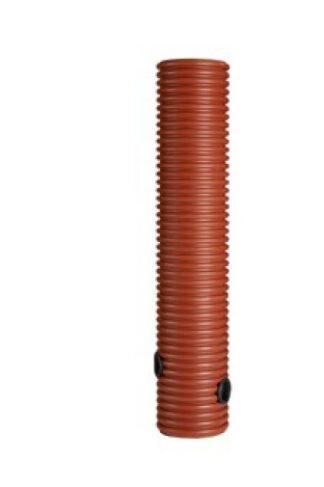
Art.nr: xylq-8786
Outlet well sampling well 1 inlet 1 outlet 160mm 400mm
202,40 € Add to cart -

Art.nr: dah2414743
Outlet well sampling well 1 inlet 1 outlet 200mm
379,04 € Add to cart -

Art.nr: upo5617872
Outlet well sampling well 1 inlet 1 outlet 315mm
292,10 € Add to cart -
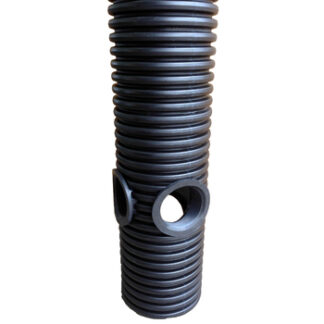
Art.nr: dah2414744
Outlet well sampling well 2 inlet 1 outlet 200mm
412,62 € Add to cart -

Art.nr: ter3625610
Outlet well sampling well 2 inlet 1 outlet 400mm
216,20 € Add to cart -
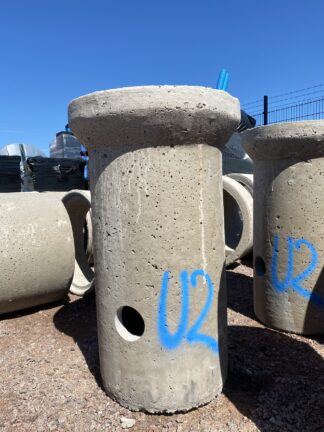
Art.nr: TraB1153
Outlet well sampling well concrete 2 inlets 1 outlet
275,91 € Add to cart -
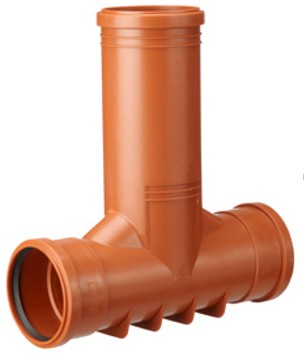
Art.nr: ter5110110
Rensbrunn 110/110 3muff PP
20,24 € Add to cart -
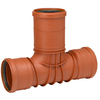
Art.nr: ter5160160
Rensbrunn 160/160 3 muff
41,40 € Add to cart -

Art.nr: xylQ-7430
Sepko sampling well for grease/oil separator 455x2000mm, ...
459,43 € Add to cart -

Art.nr: dah2357939
Telescopic cover for Rensbrunn 200
146,74 € Add to cart

